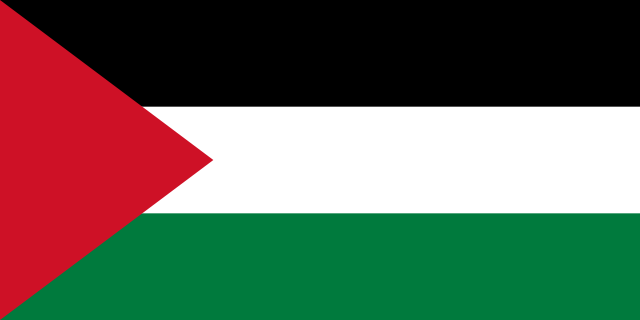Wetlands
Wetlands are defined as areas covered by water throughout the year or where water is near the soil surface for a long period during the year. Each wetlands can be an individual ecosystem different by species composition, geologic location, their exposure to the different types of landscapes, climate and many other factors and their function effected by drainage network, size of wetland, source of water, biogeochemical inflow and outflow etc (Bhowmik, 2022). Given the great importance of wetlands for preserving and sustaining biodiversity, an international agreement, the Ramsar Convention, was created in order to preserve wetlands around the world. A simple summary of the importance of wetlands can be found in the fact sheet that was published by the Ramsar Convention.
Wetlands in Palestine include permanent year round areas produced by spring and many are in the protected areas like Wadi Al-Zarqa al-Ulwi or in the Jordan Valley like Al-Auja and Al-Fshkha springs . They also include bodies of water that are seasonal (vernao pools and marshlands) like those in Deir Ballut area, Bassat Wadi Al-Malaha, Marj Sanour, Jinsafut/Birket Uskar. The latter was designated a vernal pool microreserve Wetlands: Qumsiyeh et al. (2022). Few studies exist on these wetlands but the ones in the Jordan valley and near the Dead Sea are being studies in more detail now.
See References in the Publications
